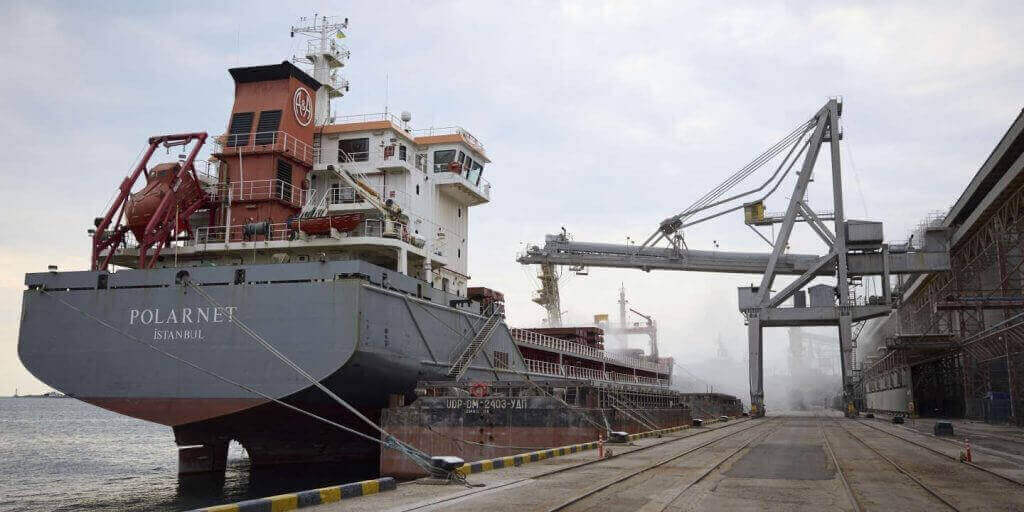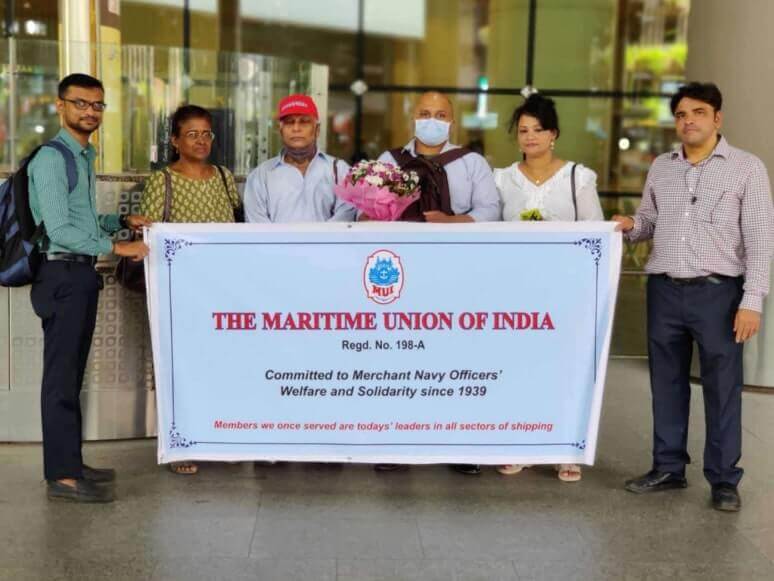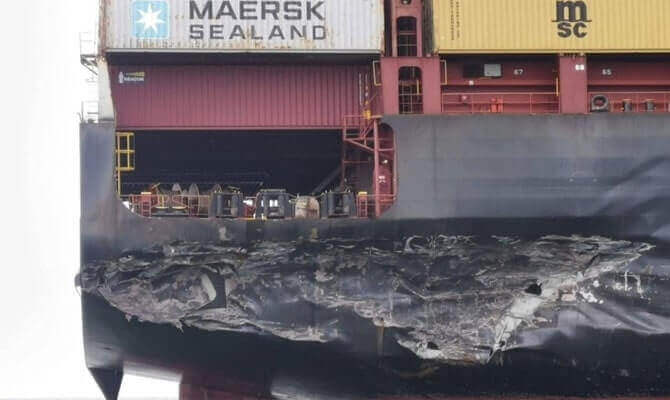October 14, 2022
By 2025, alternative energy sources should be used by seagoing boats, according to a green corridor established by the Belgian North Sea Port and the Swedish Port of Gothenburg. When the Directors of the Gothenburg Port Authority and North Sea Port gathered in Gothenburg on October 12 for Gothenburg Port Day, the green corridor was officially unveiled.
The Port of Gothenburg and North Sea Port are modifying their infrastructure to transform the area between both ports into a green corridor. These include more rebates on port fees for ships utilizing renewable fuels through their separate Environmental Discount Programmes, As Well As Bunkering Operating Rules For Renewable Fuels. Since the early 1990s, trade between Scandinavia and Central Europe has been centered on the route between Gothenburg and Ghent in the North Sea Port. According to Elvir Dzanic, CEO of the Gothenburg Port Authority, “its significance just keeps growing; these are huge volumes of goods that will now have a significantly smaller climate footprint.
North Sea Port’s CEO, Daan Schalck, continued, “North Sea Port has indicated in its strategic plan ‘Connect 2025’ the desire to decrease CO2 emissions in the port city and to be a carbon neutral port in 2050 in partnership with the firms headquartered in the port.
“An initiative to accomplish this goal is the green corridor connecting North Sea Port and Port of Gothenburg. By providing reductions on port fees for environmentally friendly vessels, establishing a renewable fuels cost structure with existing green fuel production, import, and storage, and simplifying bunkering laws, North Sea Port is dedicated to developing this green corridor.
Additionally, the Port of Gothenburg already offers onshore electricity supply (OPS) at a number of port terminals, including for vessels that travel to Belgium. OPS allows for zero emissions by the quayside because vessels are not required to maintain their additional engines running during their stay in port.
Belgian Deputy Prime Minister and Minister of the North Sea Vincent Van Quickenborne made the following statement regarding the green corridor between the two ports: “Belgium has been playing a pioneering international role in decreasing sulphur and nitrogen emissions from ships for many years. It requires time and ambition to reduce ship emissions.
“At the COP26 in Glasgow less than a year ago, I joined Sweden and 22 other nations in signing the Clydebank Declaration. With the opening of the first green corridor in the world between the ports of Ghent on the North Sea and Gothenburg in Sweden, we have a world first today. The availability of these fuels and technology will rise as shipping shifts more and more to alternative fuels like methanol, and they will also provide options for smaller ships.”
Also Read: Hong Kong declines to enforce US sanctions on Russian megayacht




















